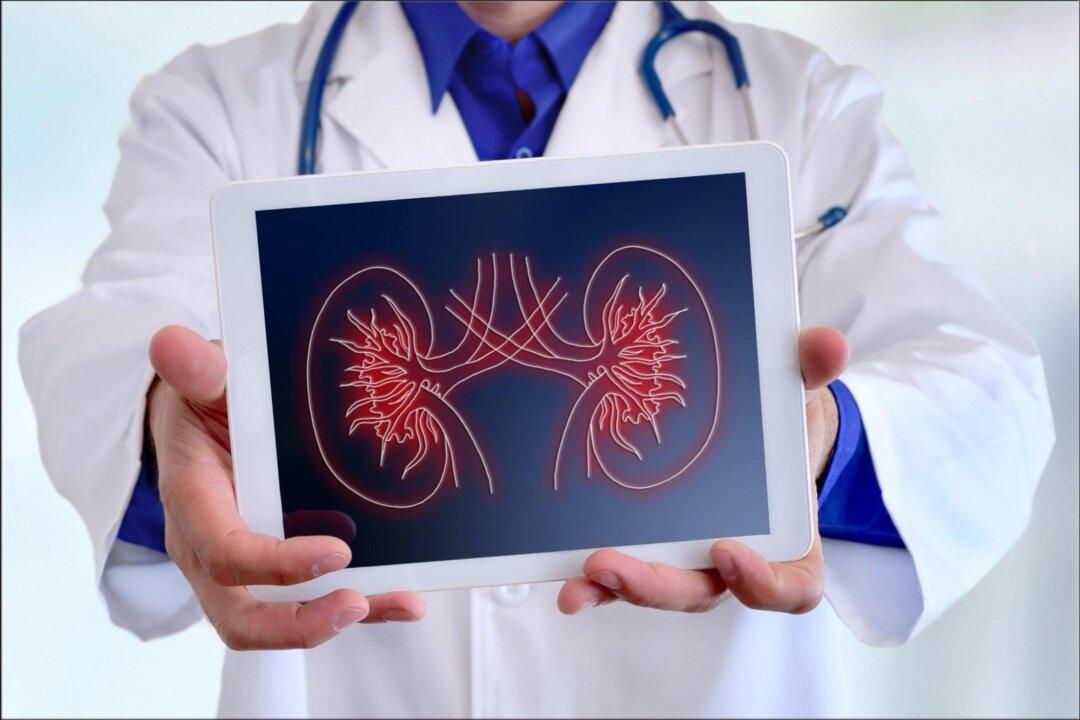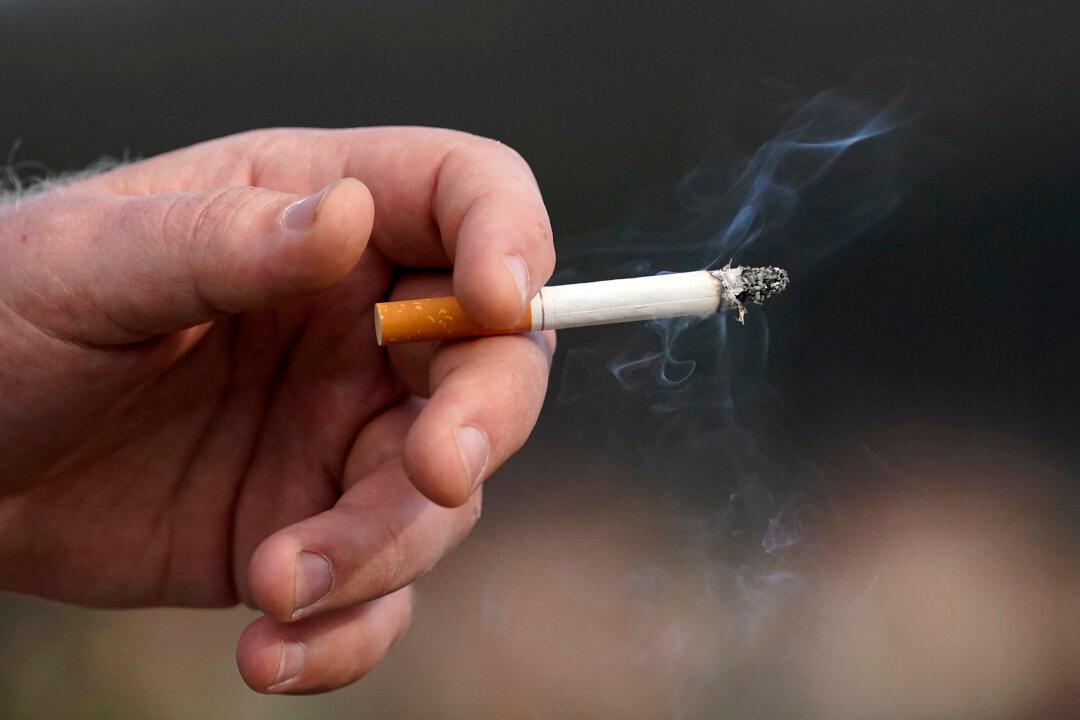New research from Monash University, published in Cancer Epidemiology, reveals that breast cancer among Australian women results in billions of dollars in lost productivity and wages.
In 2022, an estimated 10,732 working-age Australian women (20-64 years old) were diagnosed with breast cancer. According to the study, this cohort is projected to lose 16,403 productivity-adjusted life years (PALYs) over 10 years.




